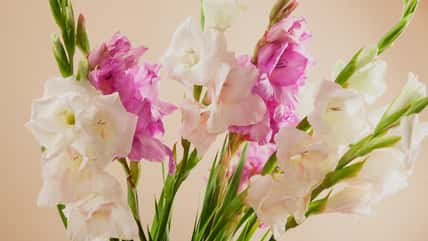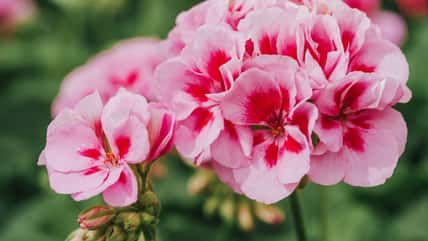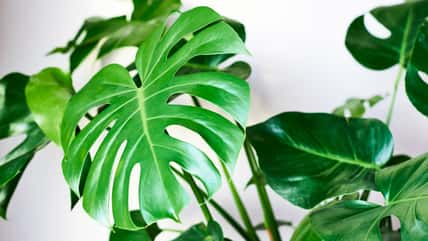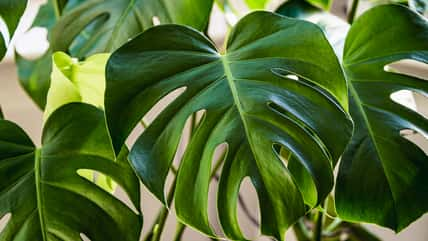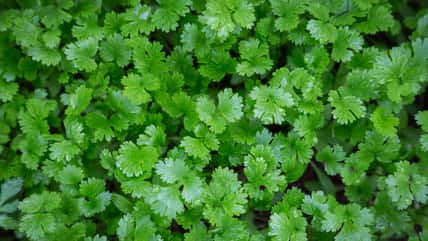Clover Lawns Are Trendy Right Now, And Here’s What You Need To Know About Them

Perfectly manicured green lawns and houses with white picket fences are the picture of the American dream.
So many Americans have bought into that vision of the perfect lawn and dropped countless dollars each year to erase the weeds from their yards.
The maintenance of grass lawns does not just deplete your wallet, but it also takes a heavy toll on the environment. In states like California, where droughts and wildfires are prevalent, strict regulations have been placed on lawn watering to reduce the waste of water.
So rather than consider weeds a nuisance, perhaps it’s time we embrace them. After all, they’re only natural.
Some of the most common weeds that pop up in lawns are clovers. And some people are suggesting we let them take over.
The idea of switching from grass lawns to clover has gone viral on TikTok. It’s the new trend in environmentally-friendly, low-maintenance, and cost-effective landscaping.
Clover lawns provide a dense ground cover and can consist of only clover or a combination of clover and traditional turfgrass.
Clover also has the power to draw nitrogen from the air for itself and the other plants around it, providing a natural boost of fertilizer. Therefore, it’s able to grow in poor soil.
There are three main types of clover: white clover, red clover, and micro clover. White clover is the most well-known and the type that people are using for their new, more sustainable lawns.
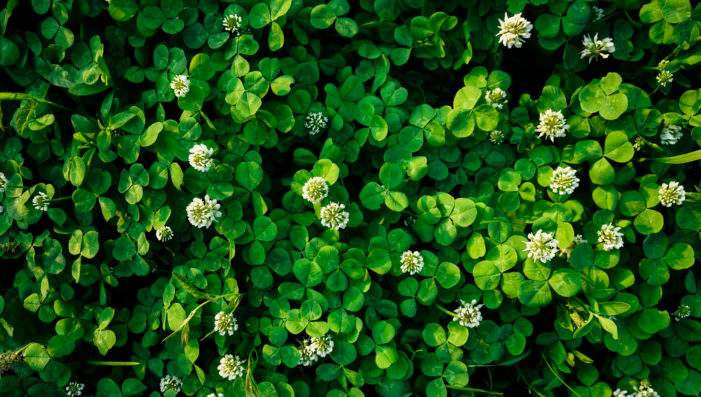
Natalia – stock.adobe.com – illustrative purposes only
Pros of a Clover Lawn
Clover lawns have several benefits. Overall, there’s less mowing, less watering, and no longer a need for fertilizers or pesticides.
You’ll only need to mow a few times a year since clover yards only grow two to eight inches tall. That’s quite an improvement from the weekly mowings required by grass lawns.
Clover doesn’t need much water to thrive because they’re drought-tolerant. So when your traditional grass lawn starts to dry out at the height of summer, clover will stay green through it all.
Additionally, clover lawns attract pollinators, which is a huge plus since their numbers are dwindling. A clover lawn provides a natural habitat for the bees and contributes to the growth of our ecosystem.
Cons of a Clover Lawn
But of course, just like anything else, clover lawns do come with their fair share of drawbacks. Blooming clover attracts bees, which we initially established as a good thing, but if you have a family member who’s allergic to bees, the stinging insects may be a hazard.
By itself, clover is easily crushed and does not hold up well to foot traffic like turfgrass. However, when combined with turfgrass, it makes a strong lawn.
Clover Lawn Maintenance
Clover lawns thrive in sandy soil with a pH between six and seven. Spring is the best time for planting them. Bury the clover seed in the ground and water daily for ten to fourteen days until it sprouts.
Once your field of clover is established, you don’t have much else to do. Just make sure your lawn receives four to six hours of sunlight per day, and it will take care of itself.
If true crime defines your free time, this is for you: join Chip Chick’s True Crime Tribe
Sign up for Chip Chick’s newsletter and get stories like this delivered to your inbox.
More About:Gardening
